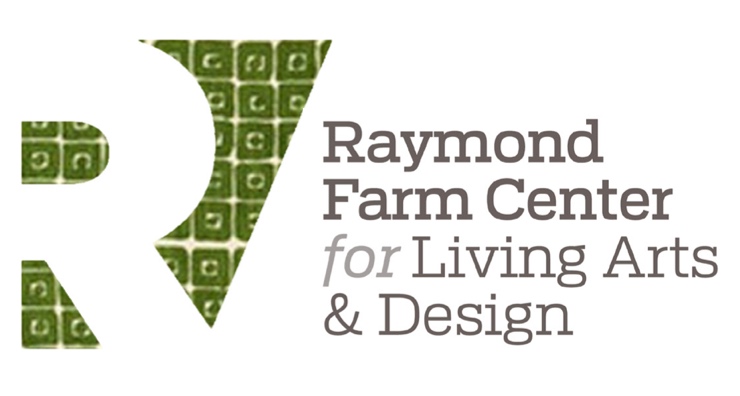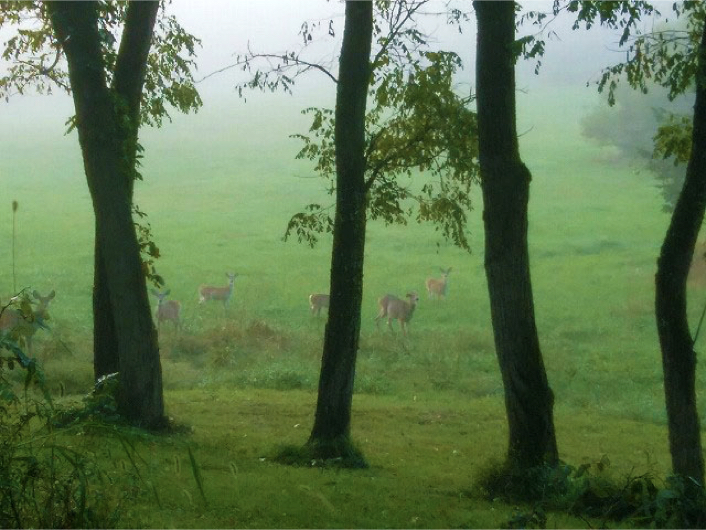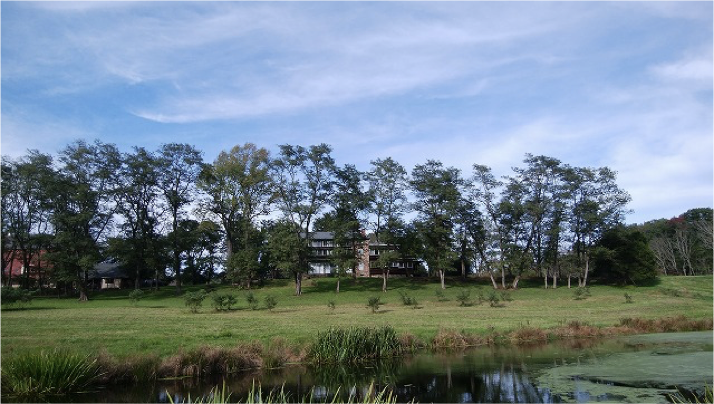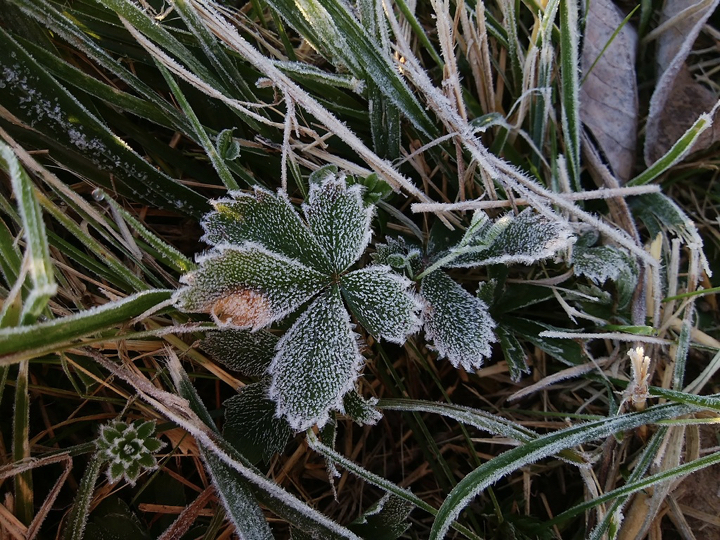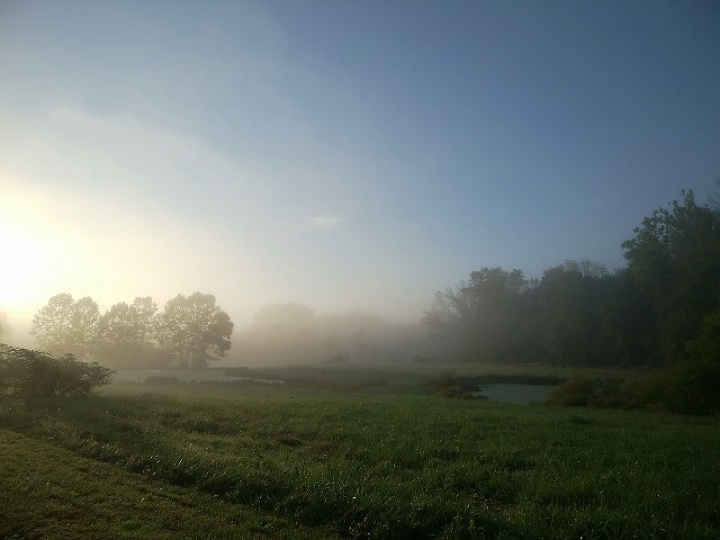Maki Utsunomiya
The Raymond Farm: Its Architecture, Landscape, and Dream
Architect and scholar, Maki Utsunomiya, came to stay and research the Raymond Farm Center during a three-week residency in October. She carefully studied the structural adjustments and design interventions that Antonin and Noémi made to the 18th Century Quaker farmhouse, executed in the Raymonds' unique modernist style they had synthesized during their eighteen years practicing in Japan. “The Raymond Farm provided a physical laboratory in which features of Japanese architecture such as modular post-and-lintel construction, sliding exterior doors, and interior shoji screens, and fusuma panels were combined with American building traditions and materials in new ways,” Ms. Utsunomiya states. She was particularly interested in the spatial and sensual effects they created, and how they reflect the Raymonds' philosophy of living in harmony with nature.
On October 27, Ms. Utsumomiya presented her observations and reflections on not just her research on the farmhouse, or the work of Antonin and Noémi, but their legacy as it can be seen in works of their protégées Kunio Maekawa, Junzo Yoshimura and George Nakashima, and on contemporary architecture today in the work of Yohifumi Nakamura. Maki noted many variations of many Raymond design features of their work, but also their sense of design’s sensual experience of their inhabits.
In the Raymond farmhouse, Maki carefully studied the Raymonds’ design’s spatial fluidity, and their use of natural materials, textures, natural light, and prevailing breezes. She diagramed the angle of the sun, coming in from the new window-wall that Antonin had created by the removal of a large section of the house’s south-facing stone wall. She demonstrated how the shadow cast by Antonin’s careful proportioned eave protected the interior from the glaring summer sun. The same detail allows the winter sun to penetrate deep into the house, warming its dark wood plank floors. And Maki pointed out how the Raymonds took advantage of the dappled light filtered by of leaves of the locust trees running parallel to the new window wall— “Komorebi — an experience very coveted in Japanese culture. She also noted the flickering reflected light from the ponds in the meadow below, up upon the eves and ceiling.
She observed how Noémi’s chairs were set low in seat height— somewhere between the elevated western “chair culture” seating, and the Japanese “floor culture” of tatami mats and cushions. Utsunomiya pointed out on how the chair's seat also has a slight and very comfortable slant, and, set at this low level, one sees the landscape not just along the ground, but with the field of vision expanded, upward towards the sky.
“Noémi’s furniture leads people’s conscious outside,” Maki gently stated.
Ms. Utsunomiya's diagram of light shadowed by the eaves and trees and photo catching the light reflected from the ponds in the meadow below.
With her background in horticulture as well as architecture, Ms. Utsunomiya mapped the farm’s natural vegetation, and wildlife, to better understand the intimate relationship between the site, the environment, and the Farmhouse.
Ms. Utsunomiya concluded with Antonin’s and Noemi‘s goals for the Raymond Farm and the New Hope Experiment to create a physical and intellectual environment that mirrored and supported their approach to modern design and living in harmony with nature. Maki in her research in the Raymond materials stored at the University of Pennsylvania Louis I. Kahn Archives discovered a typewritten letter by Noémi from 1938—
Maki Utsunomiya then reflected on how the Raymond Farm Center, the Raymond family, and all its volunteers are working today to make that very dream come true.
To read more about Maki’s time at the Raymond Farm, please see our newsletter from September 2018.
